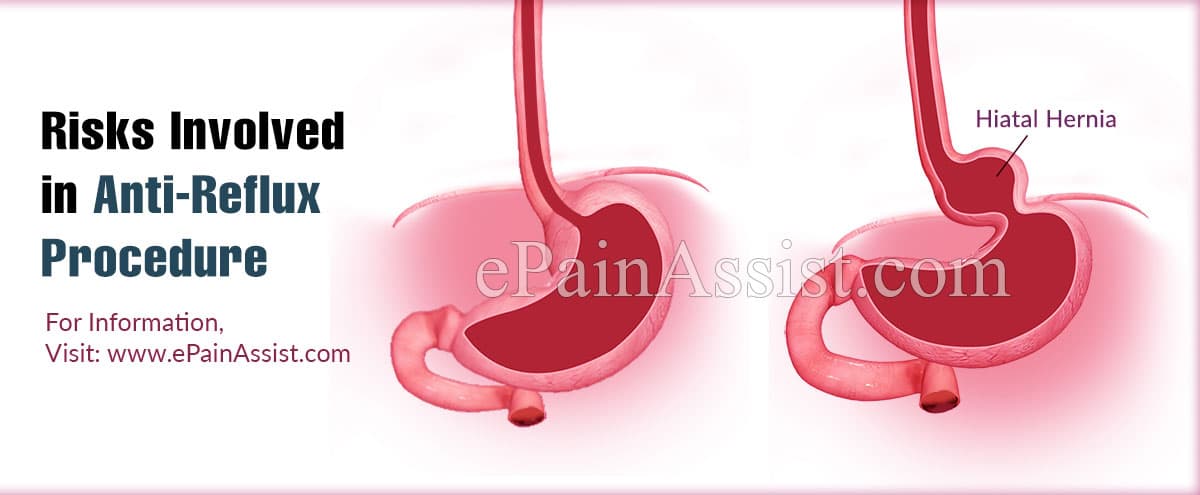Endoscopic anti-reflux procedures are done to treat the acid reflux disease known as gastroesophageal reflux disease (GERD).
GERD is a condition in which the food and the acid from the stomach come back into the esophagus (a tube connecting the mouth and the stomach). The lower esophageal sphincter (a muscular ring connecting esophagus to the stomach) is affected. The sphincter normally prevents the food from moving out of the stomach to move up into the esophagus.
Reflux occurs as the point where the esophagus meets the stomach does not close tightly. The symptoms of reflux are:
- Heartburn and burning in the stomach
- Burning sensation in the throat and chest
- Burping
- Trouble swallowing fluids and food
- A sensation of gas and bubbles
The most common anti-reflux procedure is Fundoplication. It is a mechanical reconstruction of the anti-reflux barrier to reduce the reflux, by restoring the body’s normal defense. The anti-reflux procedure involves wrapping up the upper part of the stomach around the esophagus, at the point where it ends.
The surgery is done under general anesthesia and takes 2-3 hours to complete. The surgeon may choose different techniques to do the Fundoplication procedure.
- Open Repair: In this technique, a large cut is made in the abdomen through which a tube is inserted to keep the stomach wall in place. This tube is taken out in about a week.
- Laparoscopic Repair: In the laparoscopic technique 3 to 5 small cuts are made in the belly. The instruments such as a tiny catheter and tiny tools are inserted. A laparoscope is connected to a monitor, which the surgeon views while repairing the damage or the defect. In case a problem occurs, the surgeon might switch to an open procedure.
- Endoluminal Fundoplication: It is a new procedure which does not involve any incision. An endoscopic tube is inserted through the mouth of the patient into the esophagus. The doctor clips the part where the esophagus meets the stomach, which prevents the food and acid reflux.
Most of the patients can leave the hospital within 1 to 3 days after getting done with the laparoscopic procedure. The open surgical procedure involves a stay of 2 to 6 days. The patient can resume the normal activity after 6 weeks. A study shows that the laparoscopic method improves the reflux symptoms and decreases medication use at immediate-term follow-up.(1)
The Aim Of Anti-Reflux Procedures
The main goal of this procedure is to restore the normal function of the joint between the esophagus and the stomach. Other goals are,
- Ensuring that the stomach and esophagus are positioned properly
- Restoring the angle at which the esophagus enters the stomach
- Recreating a one-way valve to prevent the reflux.

Risks Involved in Anti-Reflux Procedure:
Any kind of surgical procedure has some common risks due to the incisions and anesthesia such as:
- Difficult Respiration
- Bleeding and Clot Formation
- Reaction to the Medicines Given
- Infection
The Risk Involved With The Anti-Reflux Procedures Are:
- Return of a hiatus hernia or the reflux problem
- Though very rare, risk of damage to esophagus, stomach and the intestine is also present.
- Dysphagia i.e. difficulty in swallowing food. Mostly it goes away three months after the surgery is done.
- Bloating occurs when the stomach gets overfilled with air and food, and the patient is unable to release it by burping or vomiting. This condition also improves slowly.
Prognosis of Anti-Reflux Procedure
The heartburn and other symptoms reduce after the Anti-Reflux Procedures but some patients need to take the medications for heartburn even after it.
In case the reflux problem recurs the patient might need another surgery. It occurs if the stomach which was tightly wrapped around the esophagus loosens or a hiatus hernia develops.
